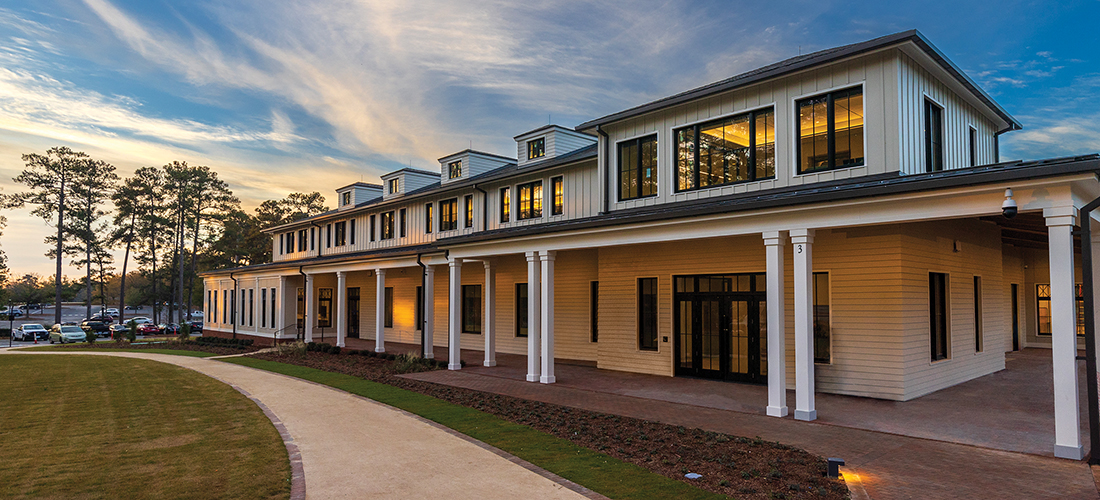GOLFTOWN JOURNAL

The Golfing Curmudgeon
Things you won’t find in the rule book
By Lee Pace
The caddie meant well. He was an extrovert with a bag on his shoulder, a rangefinder in his bib and an innate desire to please. He was not even carrying my bag, but he was pulling for me every shot of the way.
Settle!
Get legs!
Fly, baby!
Spit it out!
It was restraint and composure of epic proportions that prevented me from getting in his face.
Do not talk to my shots.
I know I hit it fat. I know I skinned it over the green. I know it’s flying into the woods.
But your well-meaning exhortations accomplish one thing: They rub salt into my wounds. And golf inflicts enough pain as it is.
While we’re at it, here’s some other stuff that chafes my arse:
Get to the first tee on time. If you don’t know the secret already, you’re not going to find it with a dozen more practice balls.
Get out of the stupid cart and walk. Over three June days in plus 90-degree heat, I joined two separate groups of 50-plus golfers and we all walked. One pushed a trolley and one flirted with heat stroke, but the physical challenge was part of the attraction. There is no greater tired than having walked, carried and busted 80. (OK, I am not militant on this point, I’ll ride where etiquette or local rules mandate. I would simply prefer to walk.)
Your jokes are wonderful. Your name-dropping is fascinating. Just put a lid on it when it’s your turn to hit. And have your glove already affixed to your hand when you’re up.
Spot your ball on the green with a penny or at the least a small plastic marker that most clubs provide on the first tee or at check-in. A penny is small and doesn’t reflect sunlight and it’s been good enough for Jack Nicklaus, Davis Love III and Paul Azinger. (Nicklaus, incidentally, carries three pennies during a round; Love uses only 1965 or 1966 coins; and Azinger places his penny heads up with Lincoln looking at the hole.) Spare me your prized Kennedy half-dollar that bounces the sun like a prism or that souvenir poker chip that looks like a battleship.
Do not concede yourself that 6-footer for par when it doesn’t count for the team bet, then write it on the card and begin to think your handicap is halfway legitimate.
Do not use golf as a verb.
A single in a cart? You do not exist.
Just because the professionals playing for millions of dollars on the hardest courses under suffocating pressure have elaborate pre-shot routines and take six hours to play doesn’t give you license to play monkey-see, monkey-do. Pick a club, pick a line, give it a nice rehearsal and hit the damn ball.
Memo to TV announcers, tour pros and architects: It’s a good hole and a good course and a good shot. Must we say golf hole and golf course and golf shot? I mean, it’s not a tennis course, now is it?
Manage your temper. Unless you are working at golf to feed your family or betting more than you can afford to lose, this is a game. You play a game. Treat it as such. Count your blessings that you have the opportunity to be out in the fresh air with friends in the first place.
Learn to eye the 100-, 150- and 200-yard markers and estimate your distance. It’s not advanced trigonometry. You can figure out you’re 135 yards from the center of the green with pinpoint accuracy with some educated eyeballing.
If you don’t have an official handicap, don’t give me an “average” score on the first tee. Tell me your three best recent scores. After all, a handicap is not about averaging your scores; it’s about gauging your potential.
If you are going to give me the line on a putt, give me the speed as well. The former is worthless without the latter.
If I want color commentary, I’ll gladly listen to David Feherty. Beyond that, your scores speak for themselves; I don’t need an explanation on every shot. And if you insist on providing pithy little bromides throughout the round, invent some new material. “Nice putt, Alice,” is a wee bit shopworn.
Unless you are my partner, what club I hit on a par-3 is none of your business.
What not to wear: white golf shoes in the winter (you wouldn’t wear white shoes into a restaurant in December, would you?); white footies with black shoes (and vice versa); shortie-shorts; golf sandals; and XXX shirts if you’re a medium (that went out in the ’90s).
Quit hyperventilating after running a putt past the hole. If you’ll stay focused and follow its path, you’ll have a free read on the break coming back. And if you are gyrating and slamming a club after yanking one into the woods, don’t ask, “Did you get a spot on that one?” By the way, I don’t venture into poison ivy for my ball. I’m sure not going there for yours.
Sorry about that 5-iron landing in the bunker. But you don’t get to hit a practice shot. Ever. And live to tell about it.
OK. I’m done. And I feel much better. Until I have to figure out an excuse for the next captain’s choice invitation.


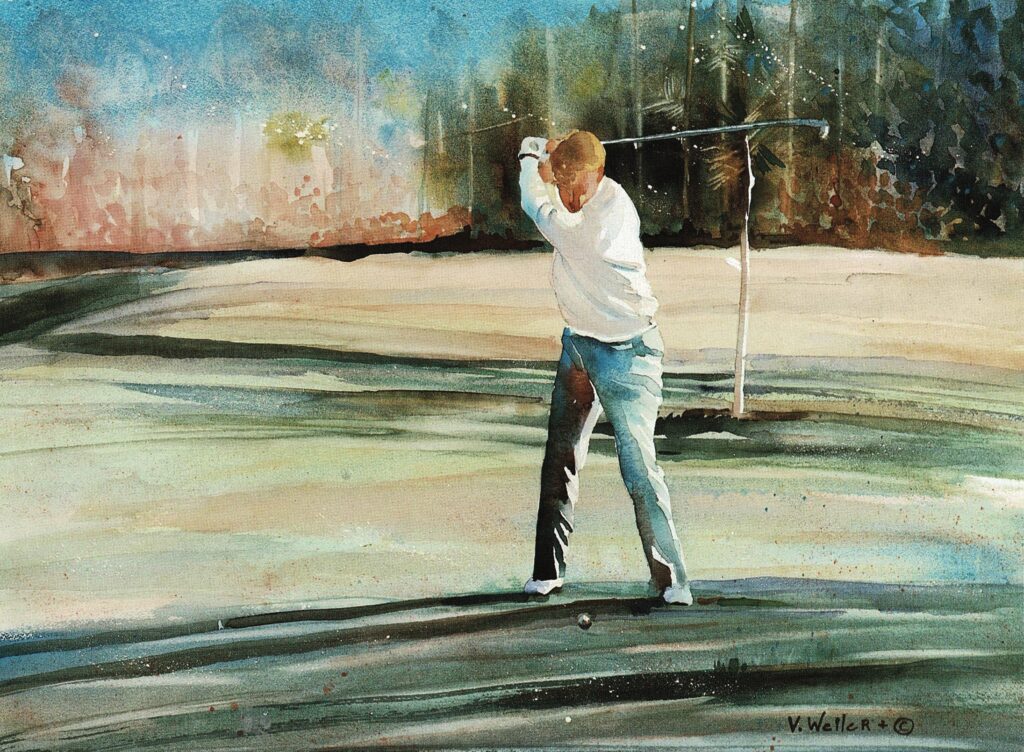
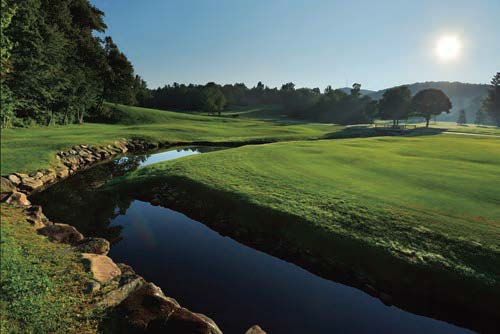
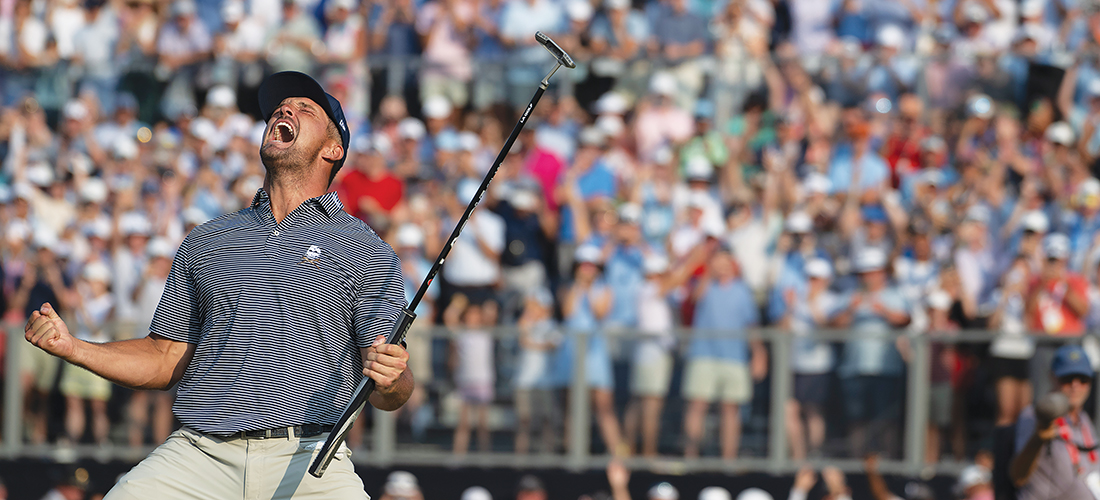
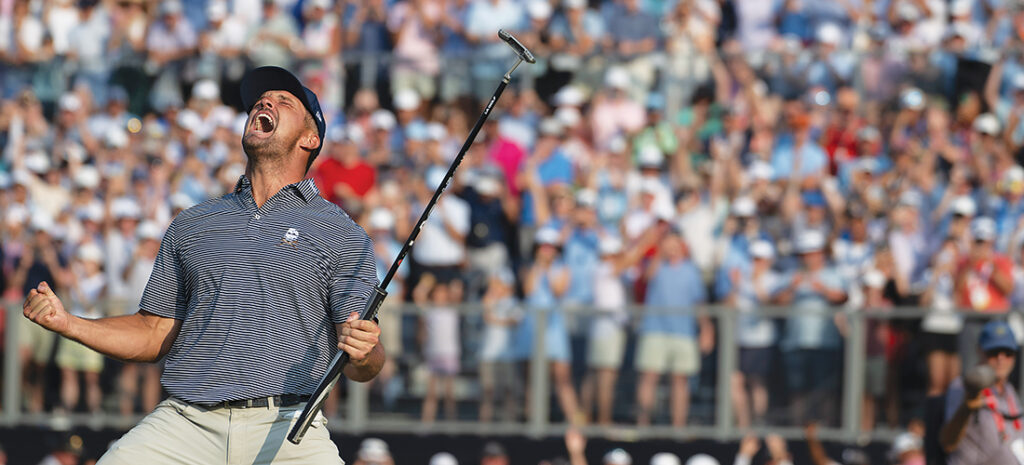
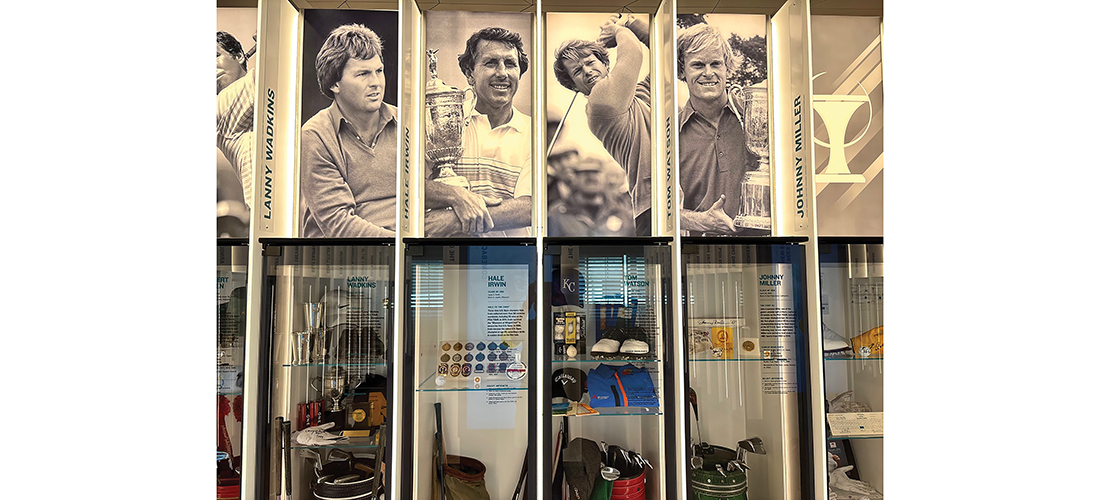


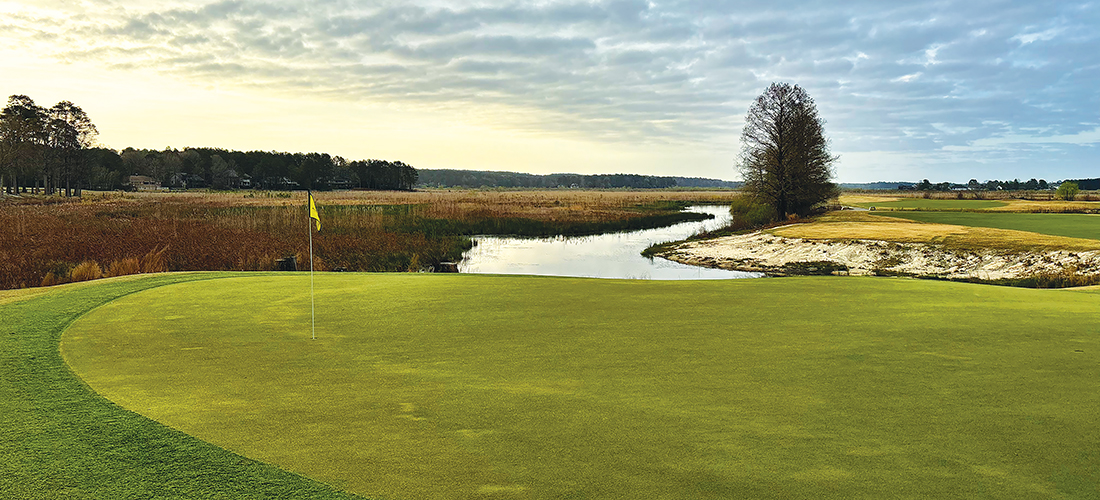
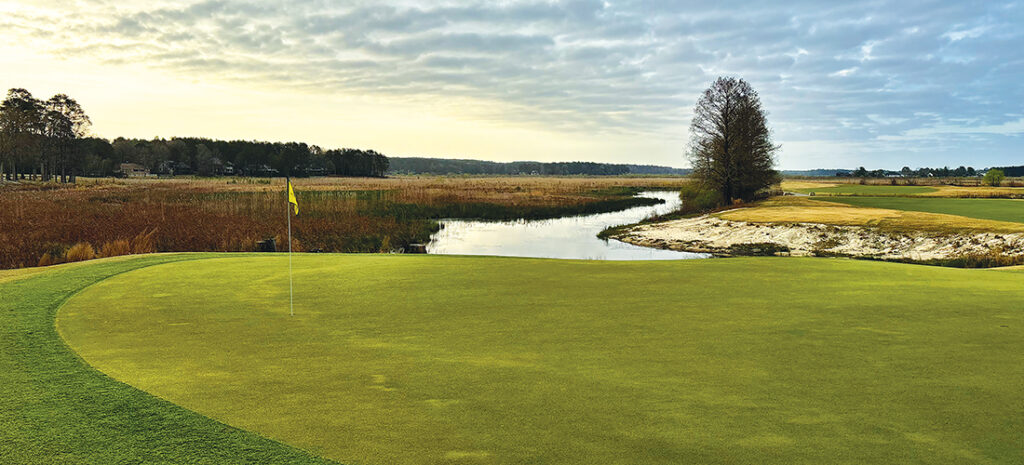



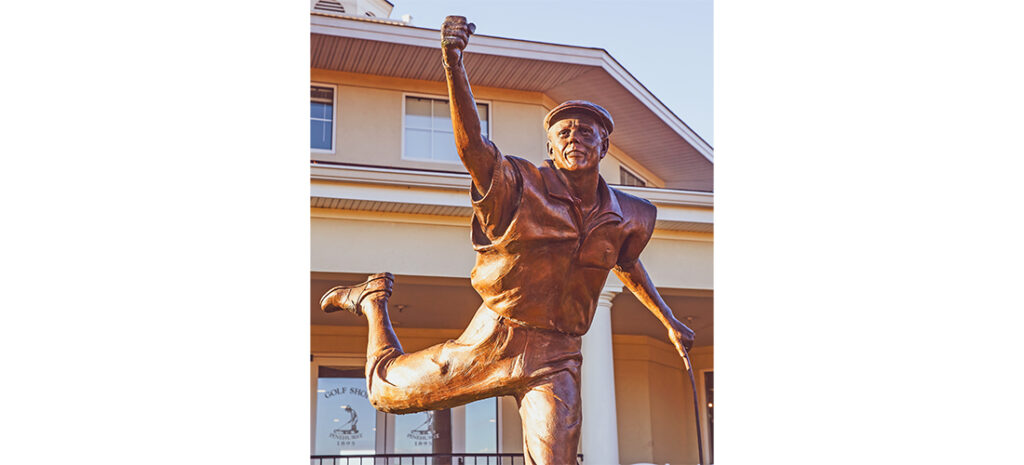
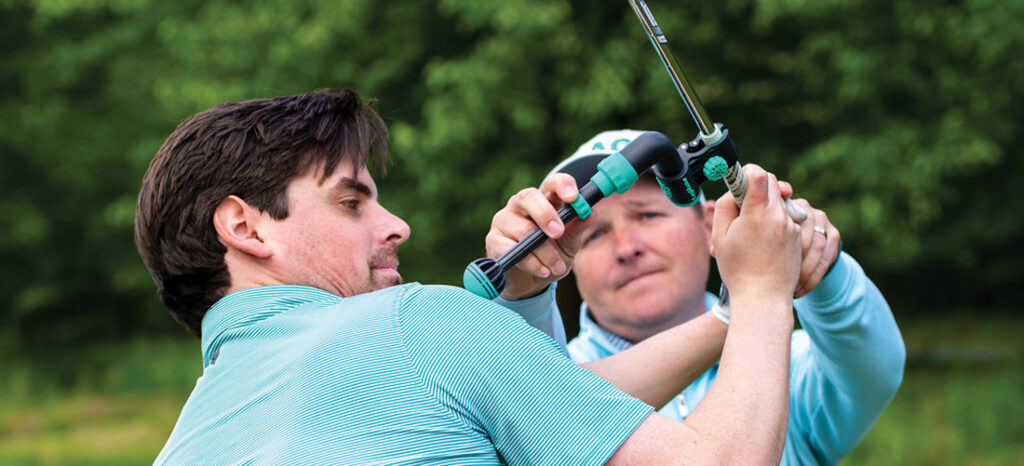
 The concept
The concept